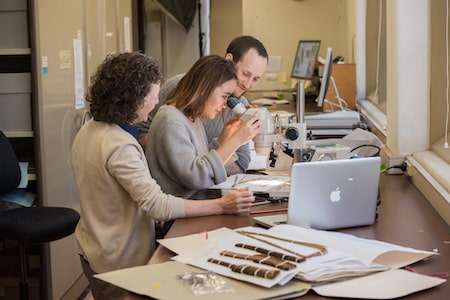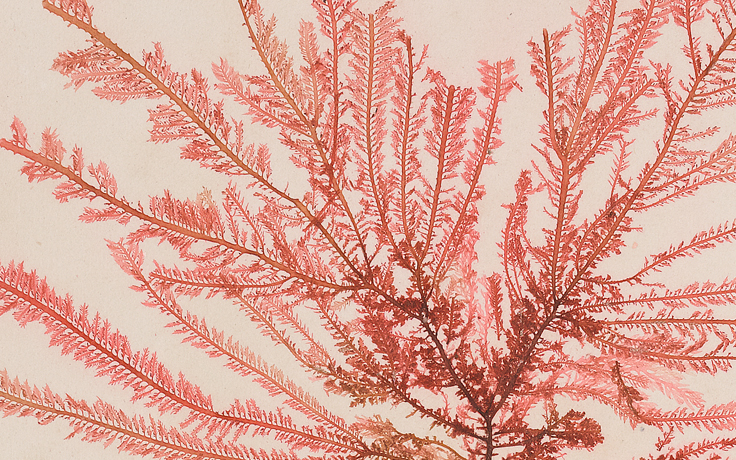About
Built up over nearly a century, the University of Melbourne Herbarium houses 150,000 specimens of plants, fungi and algae, including historically important collections and artwork.
-
Access
Arrange visits to view specimens, specimen loans, or tours of the Herbarium.
-
Online Collections
Search our collections and view images of MELU specimens.
-
Volunteering
Find out how to get involved as a student or community volunteer.
-
Resources
Guidelines on how to collect, prepare and label specimens.
Latest news

The University of Melbourne Herbarium has recently received funding from the Russell and Mab Grimwade Fund to curate its fungi collection, which contains approximately 3,500 specimens contributed by UoM academics over many years.
Conservation and cataloguing will no doubt bring some fascinating stories to light, while digitisation will enable access by scientists and the global public.
-
About the herbarium
Established in 1926, we are the largest university herbarium in Australia, with an estimated 150,000 specimens.
We house collections of flowering plants, ferns, bryophytes, algae and fungi, as well as historic botanical objects and artwork.
The oldest plant specimens were collected by Banks and Solander in 1770, and new specimens, collected by University staff and students, are being continually added.
MELU is an invaluable resource for scientists, underpinning research on taxonomy, systematics, ecology and conservation.
-
What does the herbarium do?
- Provides records of plant distributions over time, informing research into the impacts of climate change and habitat loss.
- Supports taxonomic research, increasing knowledge of Australian biodiversity and plant classification for conservation biology and biosecurity.
- Is a source of plant DNA, extractable from historical and modern collections for genetic analyses.
- Engages with international researchers, facilitating scientific exchanges through specimen loans and images.
- Plays an important role in teaching to undergraduate and graduate students studying plant science, ecology, forestry, agriculture, cultural materials conservation, curatorship and fine arts.
- Contributes to the cultural and engagement program of the University, through a volunteer program, tours, exhibitions and alumni events.
- Complements the National Herbarium of Victoria, through collaborative research and student training.
- Contributes to national and international biodiversity data through Australia's Virtual Herbarium (AVH) and Atlas of Living Australia (ALA), which feed into international biodiversity data portals such as the Global Biodiversity Information Facility (GBIF).
-
Supporting the herbarium
With the help of our generous donors through the University of Melbourne Botany Foundation, we have made significant progress towards our goal of $1 million held in trust as the “Herbarium Fund”. Investment earnings in the Fund will provide support for the University of Melbourne Herbarium.
Read about Herbarium based research and curation projects supported by the Botany Foundation in their Annual Report for 2018 [PDF].
With your support, we could do even more to make the Herbarium’s holdings as accessible and widely available as possible.











